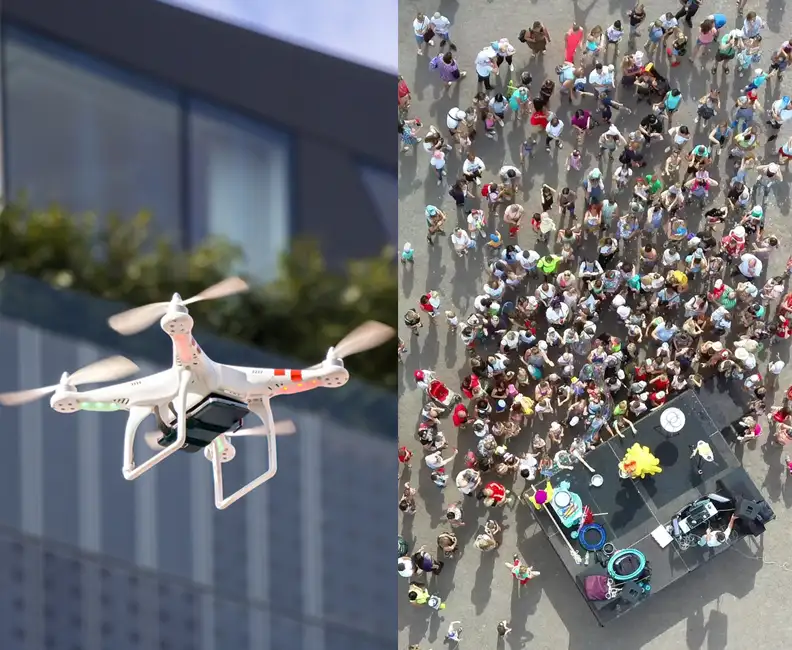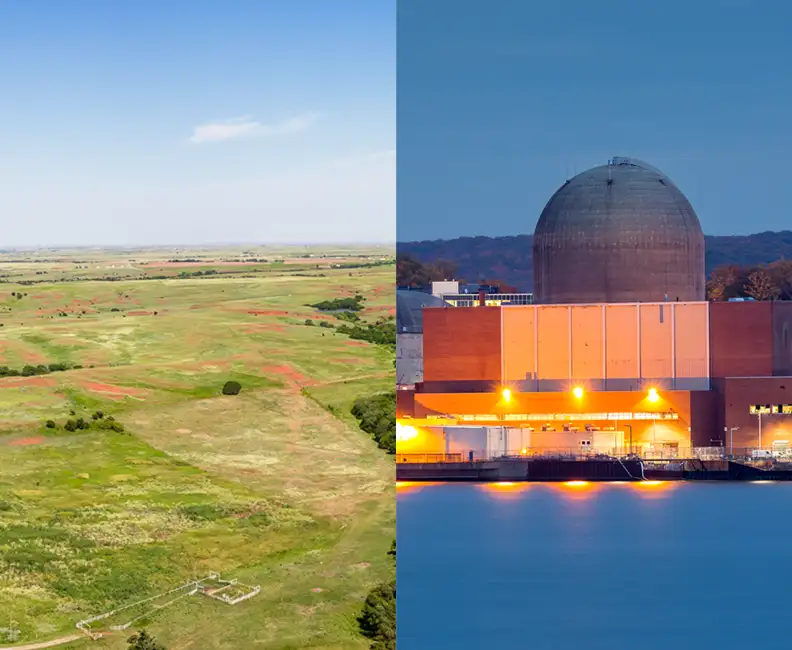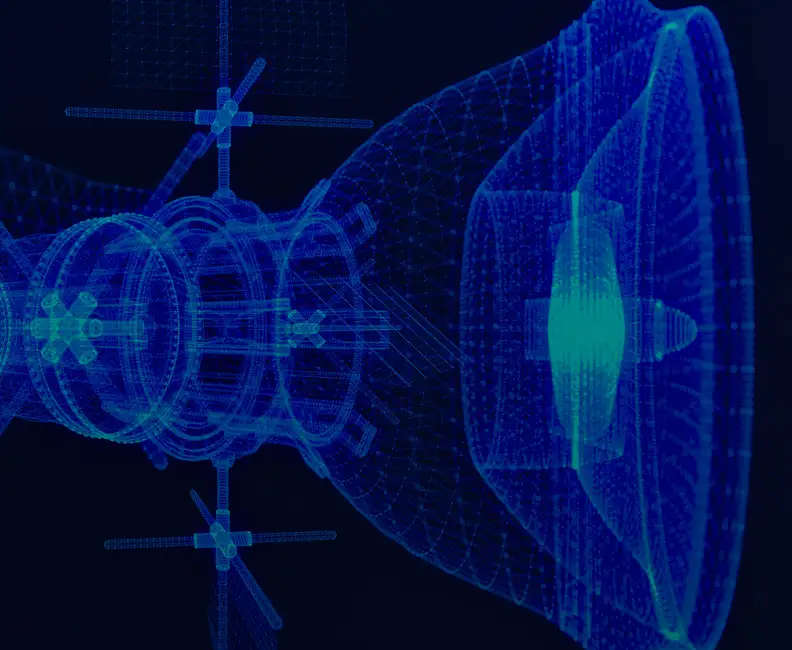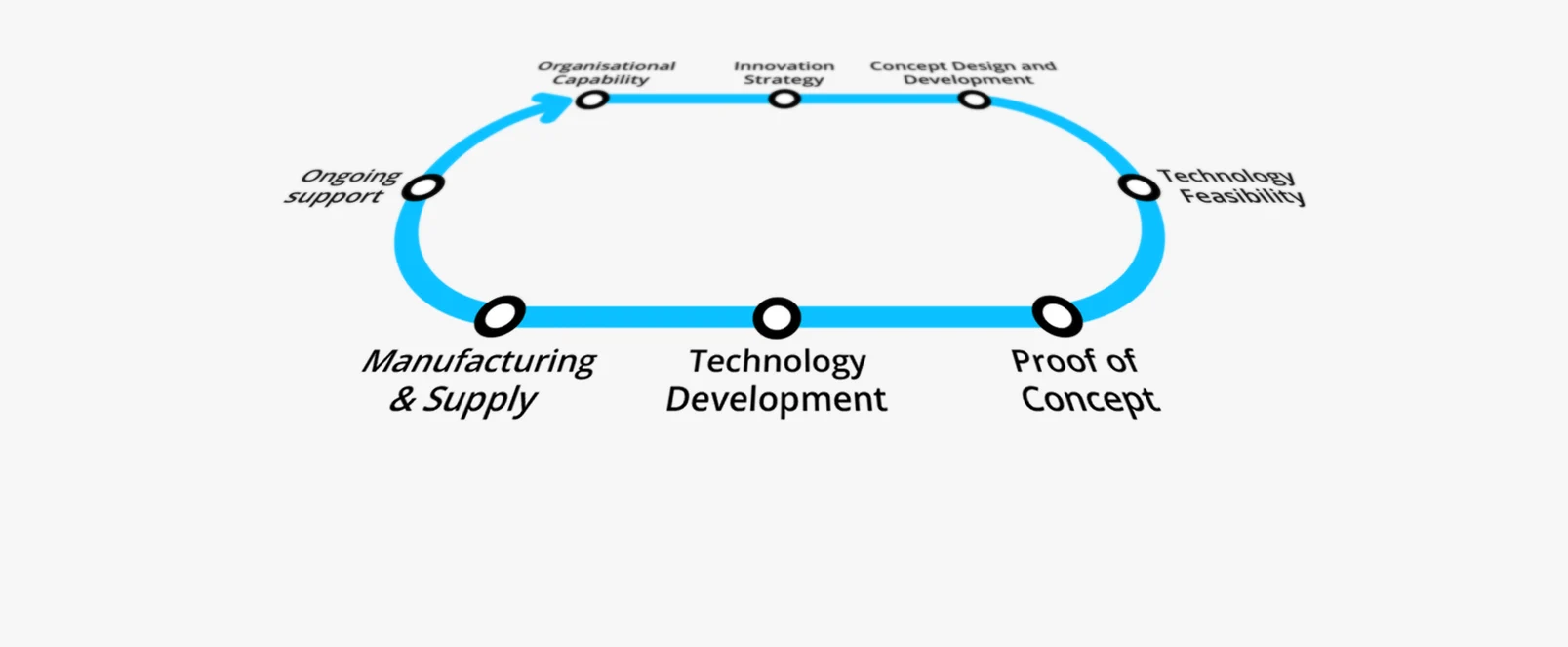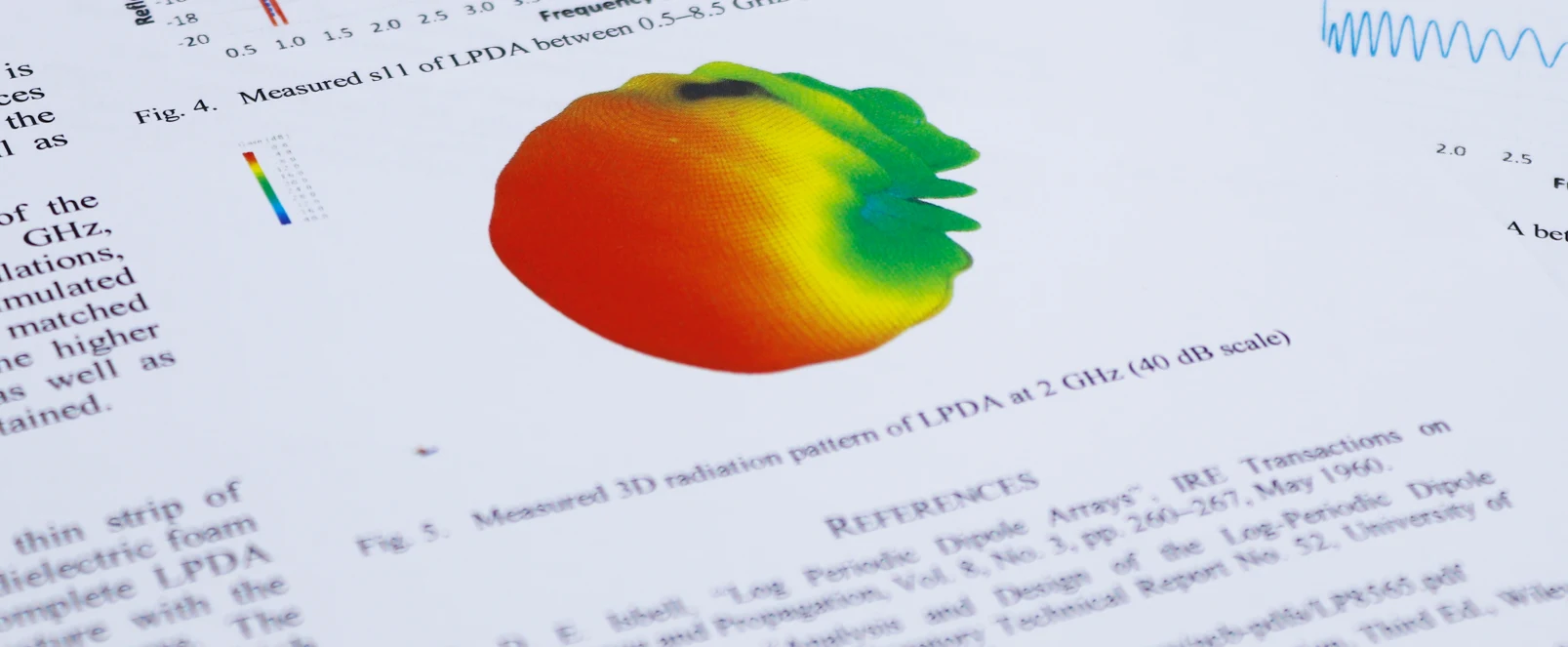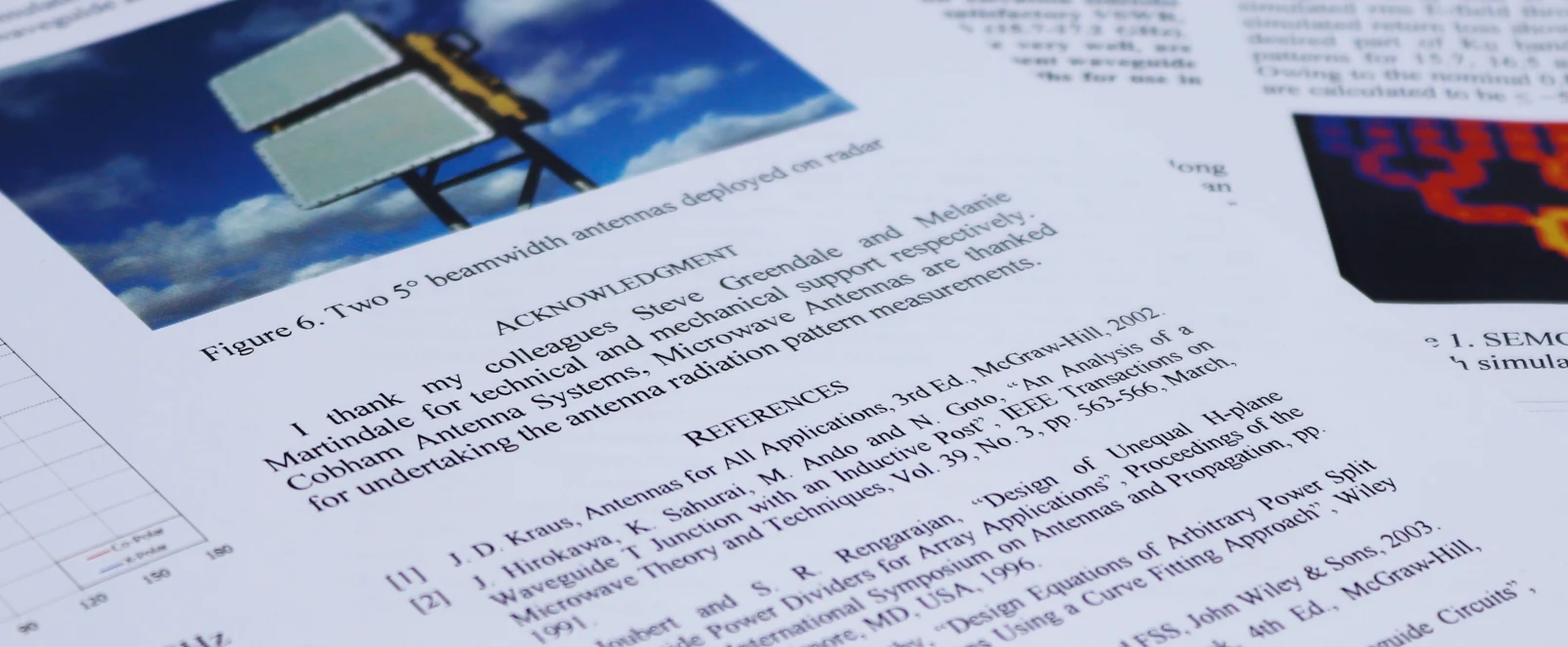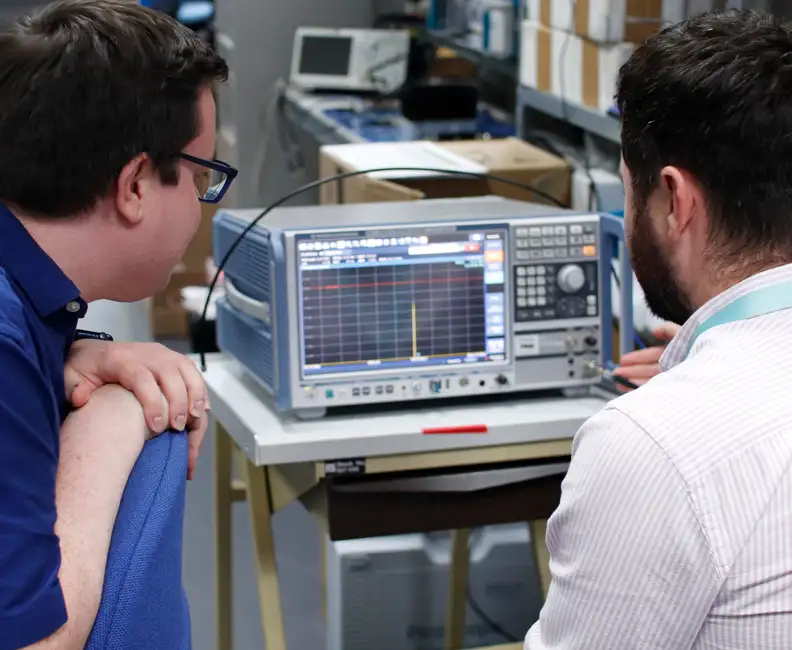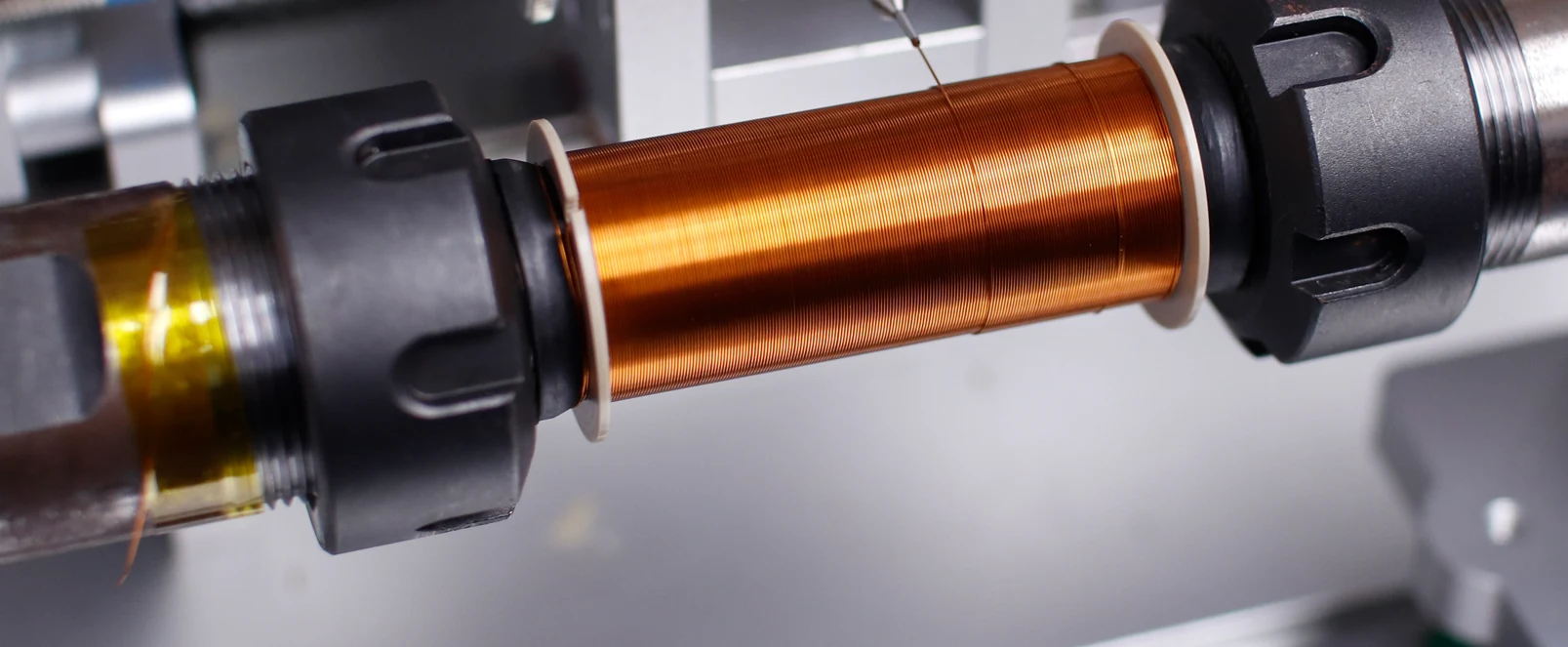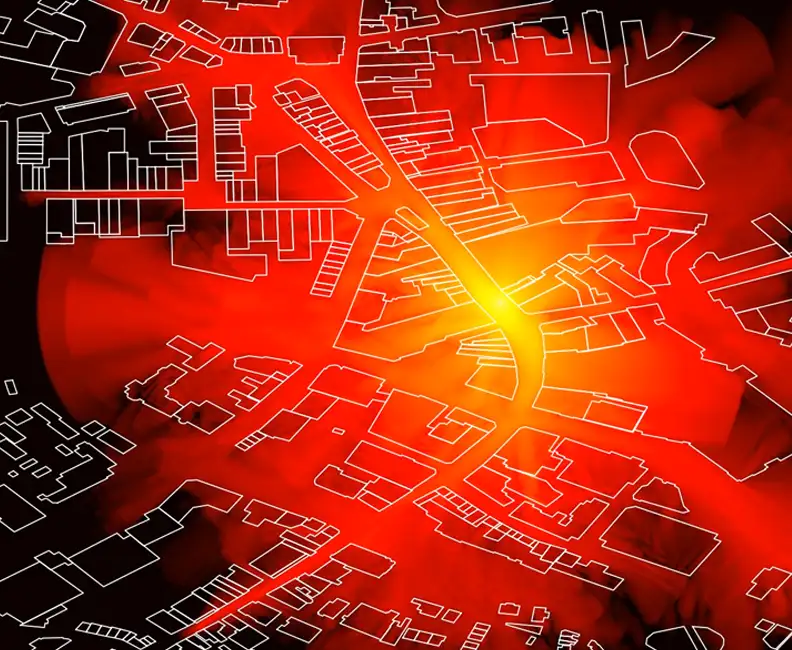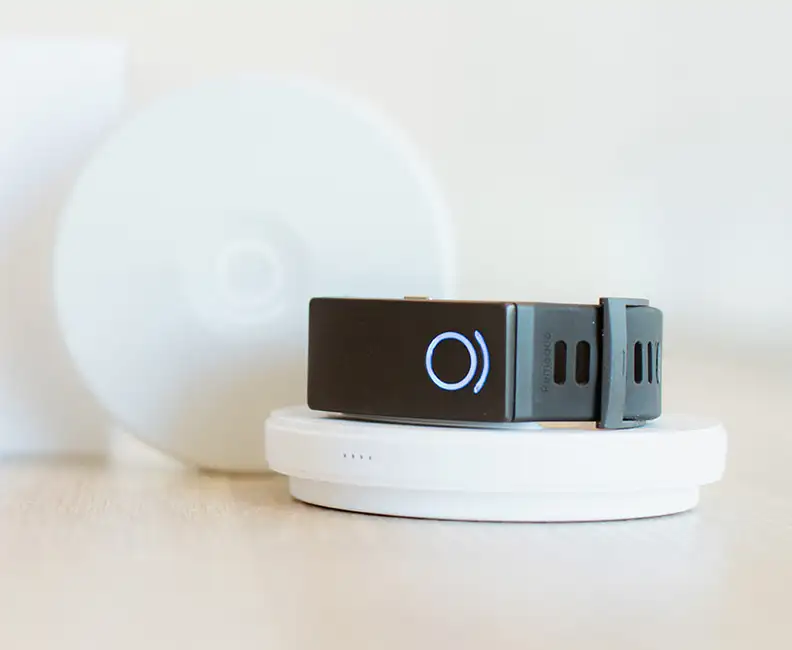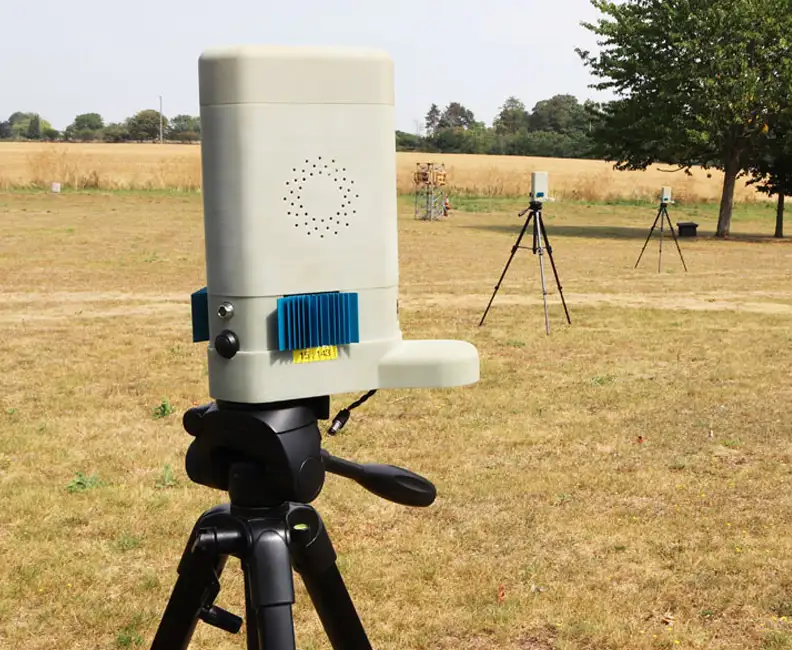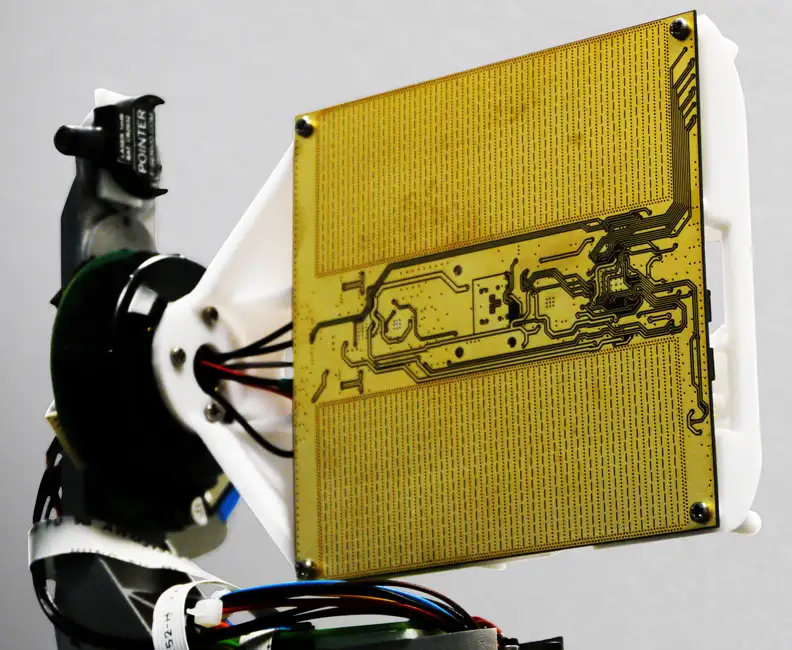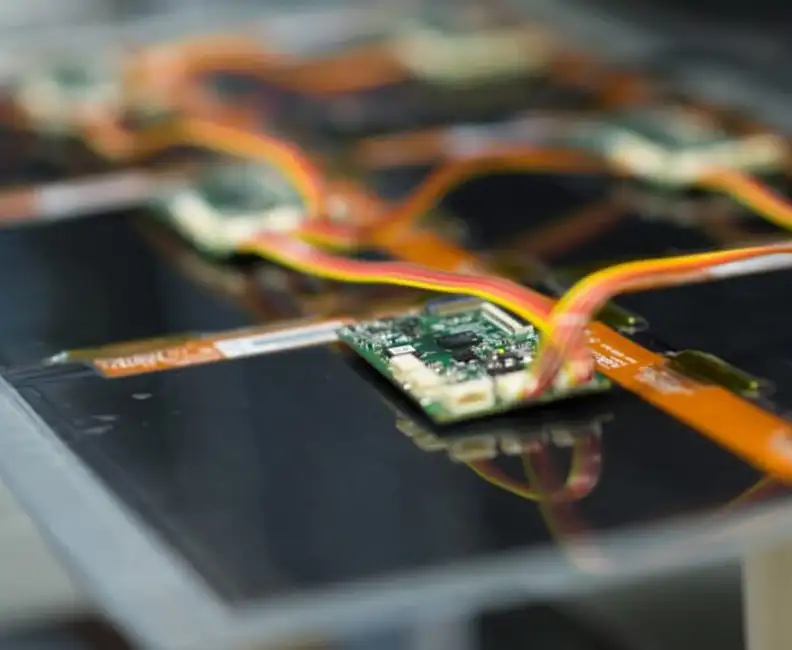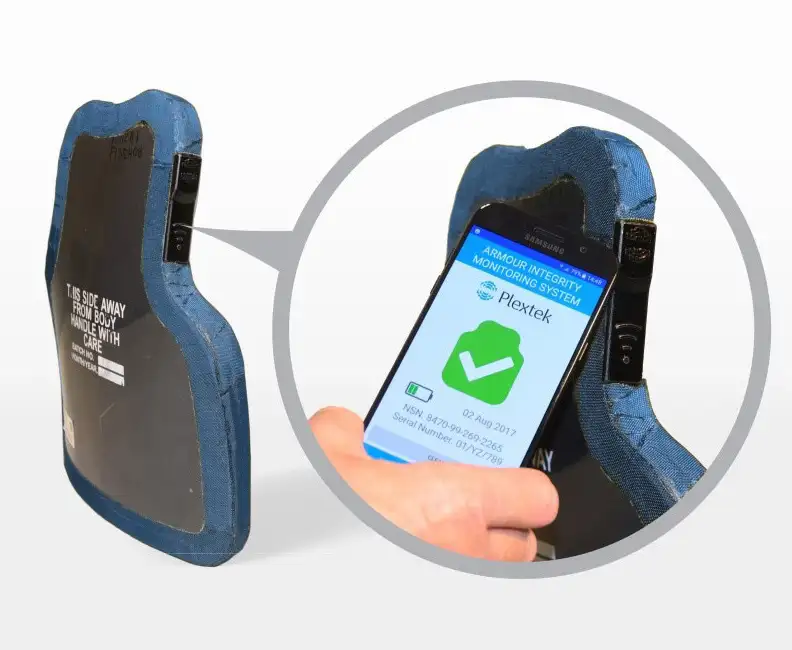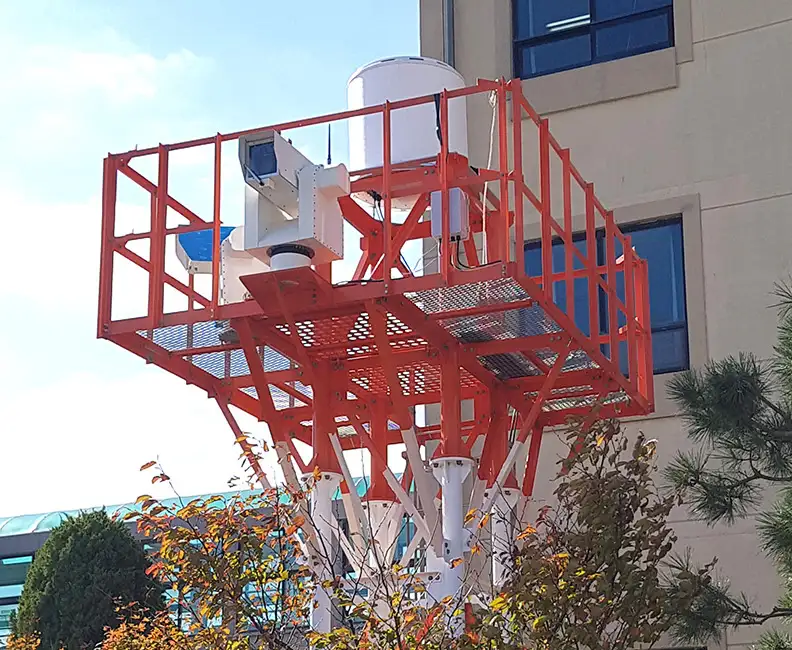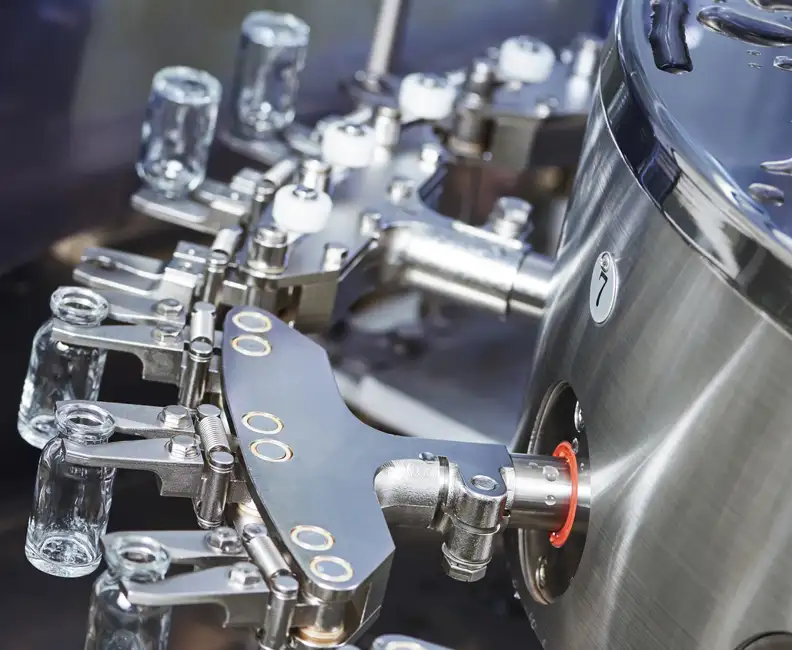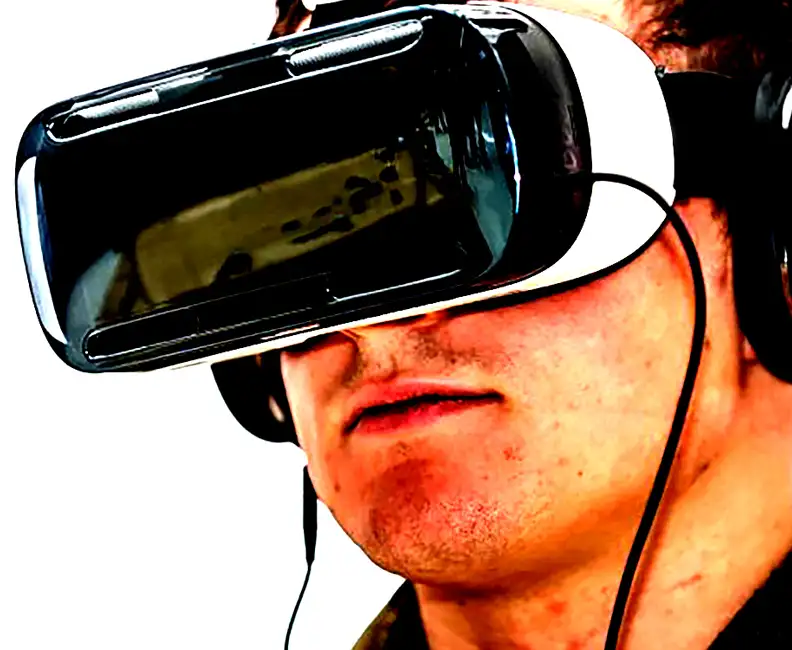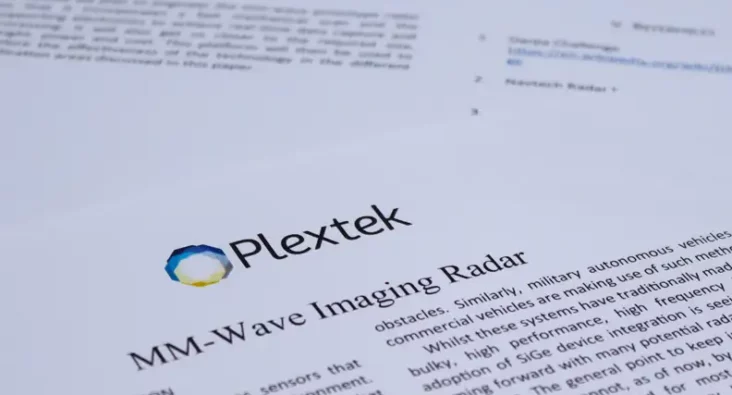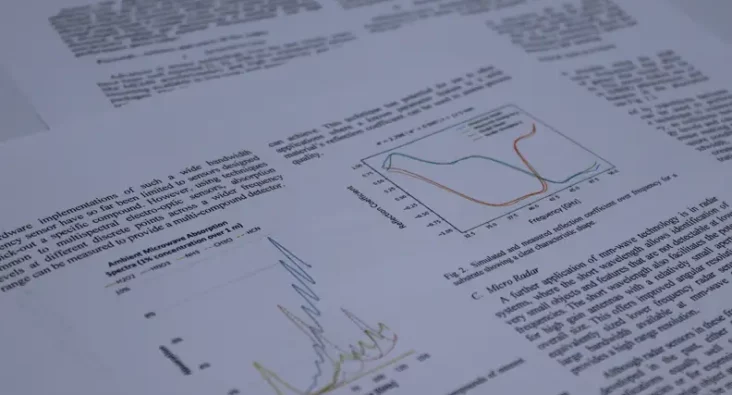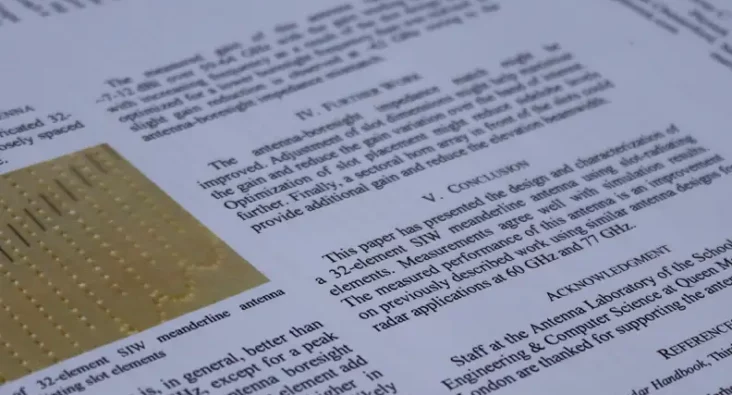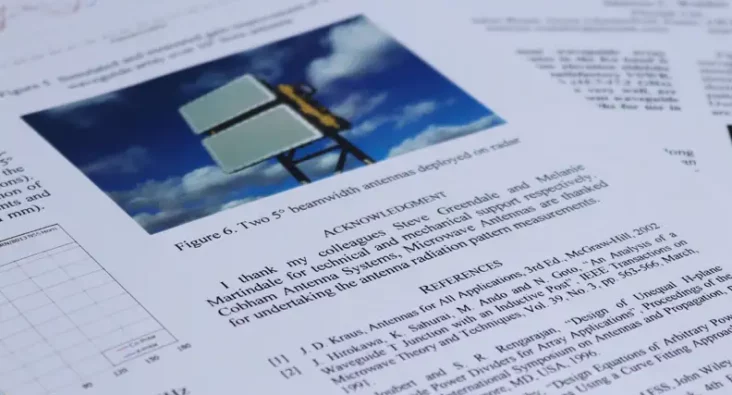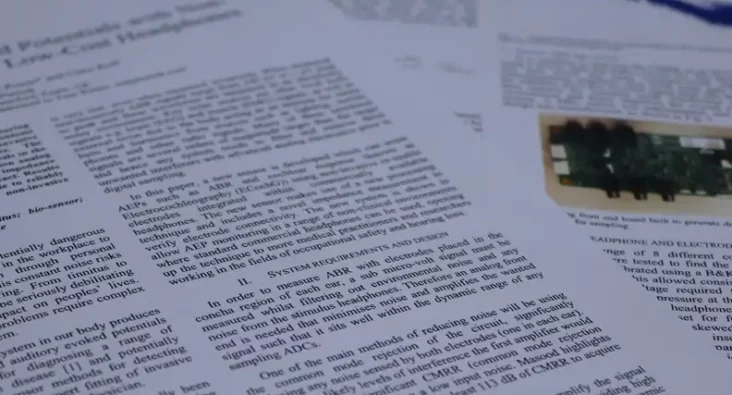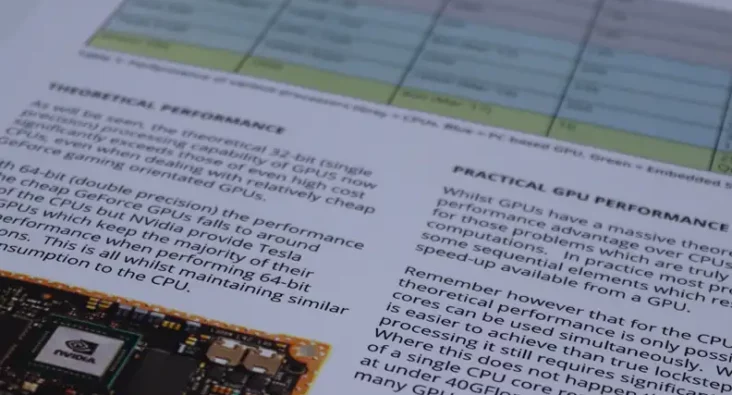The Challenge
Sometimes even the most capable electronics teams can benefit from external help.
To highlight and target passenger safety and security on public transport, a leading transport systems company asked us to find a better way to track passenger movements in and out of train and underground carriages. Existing methods, based on the use of ceiling-mounted cameras, suffered from poor detection rates in low light conditions. Poor camera angles on underground trains due to the limited head height were also a problem.
Our client wanted a solution that was highly accurate, compact, and unobtrusive, and able to count multiple passengers simultaneously moving in and out of carriage doors. The system needed to overcome potentially confusing influences such as large items of luggage and passengers standing in doorways.
The Outcome
We rapidly delivered a prototype design to our client which demonstrated better performance than existing camera-based solutions could achieve. We also supplied our test system so they could perform their own evaluations and transferred of all the intellectual property generated to the client.
Our proposed design exceeded the clients counting accuracy target, was suitable for installation in a wide range of train and underground carriage doorways and had a low component cost.
Armed with a concept for an entirely new approach to the problem, our client took over the development at this point, using their own highly capable electronics design and manufacturing teams. In a few short months we had been able to bring some original thinking to the problem, with a fresh perspective that helped our client explore a wider range of routes forward.
Downloads
View All Downloads- PLX-T60 Configurable mmWave Radar Module
- PLX-U16 Ubiquitous Radar
- Configurable IOT Framework
- MISPEC
- Cost Effective mmWave Radar Devices
- Connected Autonomous Mobility
- Antenna Design Services
- Plextek Drone Sensor Solutions Persistent Situational Awareness for UAV & Counter UAV
- mmWave Sense & Avoid Radar for UAVs
- Exceptional technology to positive impact your marine operations
- Infrastructure Monitoring








